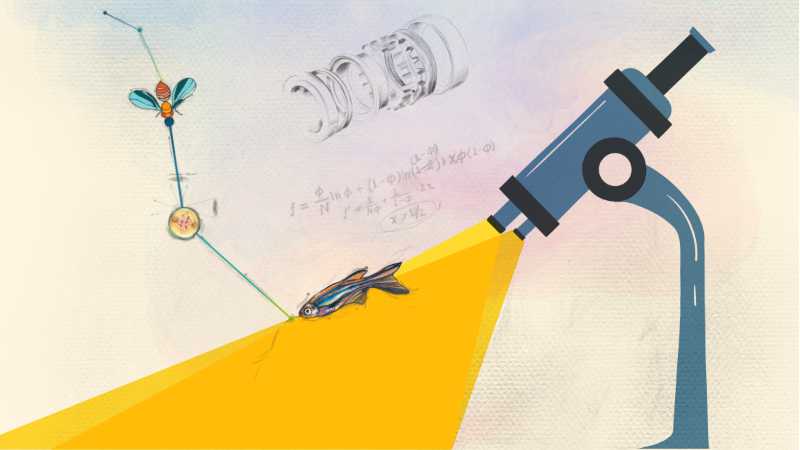Alexander D. Bershadsky: Integrin-based Adhesion Modules in a Crosstalk with Actomyosin Cytoskeleton and Microtubules
11:00 am
B CUBE| Room E73–E75
Alexander D. Bershadsky (MBI Singapore & Weizmann Institute of Science, Israel)
Elisabeth Fischer-Friedrich
PoL Research Seminar
Speaker: Alexander D. Bershadky1,2
1) Mechanobiology Institute, National University of Singapore, Singapore;
2) Department of Molecular Cell Biology, Weizmann Institute of Science, Israel
Integrin-based adhesions – focal adhesions, fibrillar adhesions and podosomes – mediate exploration and remodelling of the extracellular matrix and cell migration. These adhesion modules differ in their responses to the cellular and extracellular mechanical factors, such as myosin-II-driven contractility, membrane tension, and environmental topography. Specifically, focal adhesion grow in response to myosin-II-driven forces and shrink when the forces vanish, while fibrillar adhesions assemble along physiologically-relevant nano-patterns in a myosin-II-independent manner and disassemble upon myosin-II activation and increase of membrane/cortical tension. Besides the association with the actin cytoskeleton, integrin adhesions interact with microtubules through the molecular complexes containing KANK family proteins. Breaking these interactions results in release of microtubule-associated Rho activator GEF-H1 from microtubules, which triggers activation of Rho-ROCK signalling cascade and the assembly of myosin-IIA filaments. Thus, microtubules function as sensory and regulatory elements, whose interactions with integrin adhesions locally control formation of myosin filaments, which in turn remodel the adhesions.
References: Rafiq…Bershadsky. 2019. A mechano-signalling network linking microtubules, myosin IIA filaments and integrin-based adhesions. Nat Mater., 18:638-649; Aureille…Bershadsky. 2024.Focal adhesions are controlled by microtubules through local contractility regulation. EMBO J. (accepted); Lin… Prost, Rupprecht. 2024. Membrane tilt drives phase separation of adhesion receptors. Phys. Rev. Lett. (accepted).
